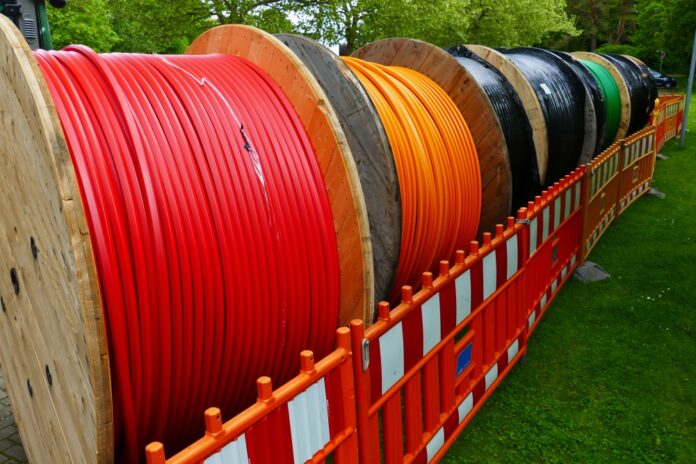The draft strives to be a careful balancing act, intended to provide incentives for rivals to build competing fibre infrastructure
Germany’s telecoms regulator, the Bundesnetzagentur (BNetzA) has published its draft approval of the prices Telekom can charge competitors for the use of its fibre ducts and poles. Telekom is Deutsche Telekom’s opco in Germany and the largest network operator.
Klaus Müller, President of Bnetza, commented, “In mid-2022 we imposed an obligation on Telekom to open up its ducts to competitors wanting to deploy fibre. We have now assessed Telekom’s proposed prices for access to its ducts. Our aim has been to accommodate Telekom’s legitimate interests while enabling competitors to realise their business models.
“This balance of interests creates incentives to invest in swift fibre rollout across the country for the benefit of all consumers.”
Lower prices
The BNetzA assessed a range of prices proposed by Telekom and is considering lowering many of them, and in some cases making them much lower.
This is the first time a price assessment has taken into account Telekom’s dominant position to ensure that there is still an incentive for competitors to roll out fibre networks.
The prices calculated by Telekom factored in its potential loss of customers and concomitant loss of revenue to competitors – known as lost contribution margins. The regulator followed the same approach but also took into account the costs incurred by Telekom.
It took the view that marking up costs to cover the potential loss of customers is only applicable to Telekom’s investment in fibre infrastructure. For example, connections between street cabinets and customers, where Telekom has only just begun to deploy fibre.
In contrast, Telekom’s connections between exchanges and street cabinets are already mostly fibre, completed at the time of deploying vectoring technology – a means of means of increasing broadband speeds without investing in an extensive fibre roll-out. The operator’s investment in these connections is protected by a European Union risk premium on the rate of return for fibre networks (known as the Very high capacity network (VHCN) Weighted Average Cost of Capital (WACC).
The regulator says is not yet possible to predict exactly how the take-up of duct access will pan out and hence the initial price approval will only last two years: Europe’s largest economy has one of the lowest fibre penetration rates on the continent.
The German regulator and all network builders would do well to examine what has happened in the Spain, which is leagues ahead of all the other large countries in Europe regarding fibre penetration and overbuild. You can read Nae’s illuminating analysis here.
Package of measures
BNetzA’s decision on pricing is only one of a series of decisions relating to duct access.
The regulator has obliged Telekom to submit its contractual terms and conditions for the use of its civil engineering assets (its “reference offer”) for assessment.
In addition, Telekom must provide data on available duct capacity on a regular basis for publication in the Infrastructure Atlas. Telekom has so far met these obligations and the regulator says it will announce its decision on Telekom’s reference offer “in due course”.
Next steps
Comments on the draft approval decision can be submitted until 10 May 2024. The final decision will follow a consultation process that involves the European Commission and the regulatory authorities of the other EU countries.


